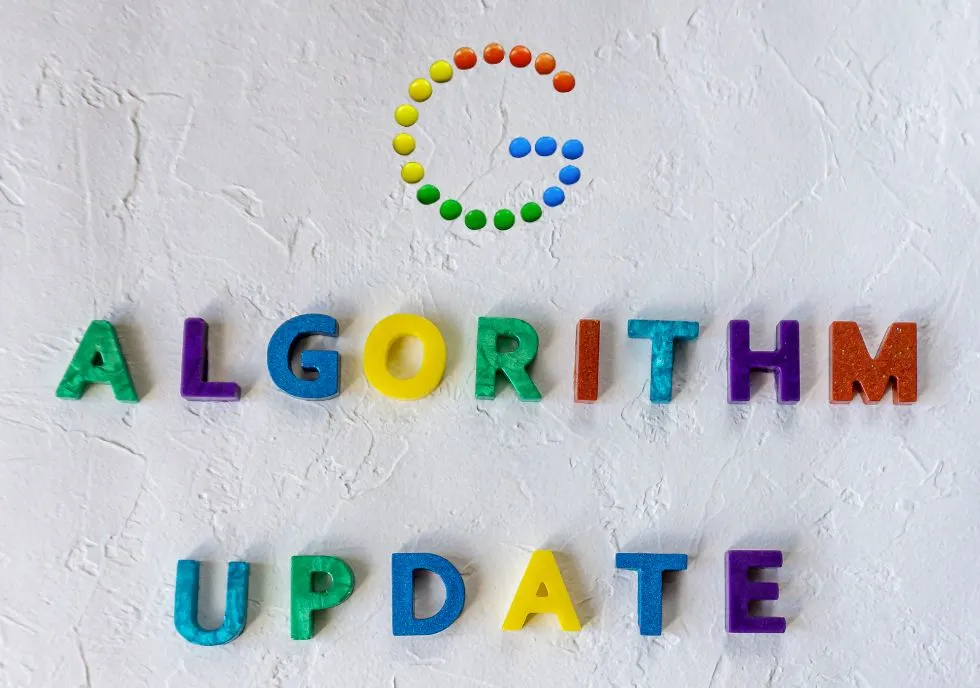Introduction
In a world driven by digital experiences, the way users engage with websites and apps can spell the difference between success and obscurity. User experience is the compass guiding designers to create interfaces that are not just functional, but enjoyable. UX tools are the enablers of this journey, offering a plethora of functionalities that refine the design process and elevate user satisfaction.
Deciphering UX Tools
Think of UX tools as the artisans’ toolkit, brimming with instruments that aid in every stage of crafting exceptional digital interactions. These tools assist designers and developers in tasks ranging from understanding user needs to fine-tuning the minutiae of design elements.
User experience design involves a series of well-defined steps, each contributing to the final tapestry of user satisfaction. UX tools are tailor-made companions for each step, ensuring that the design process is fluid, efficient, and effective.
Why UX Tools Hold the Key
UX tools are more than just software; they’re the gatekeepers of delightful user experiences. Their significance lies in their ability to transform concepts into tangible, user-friendly realities. By providing insights into user behavior, preferences, and pain points, these tools empower designers to make informed decisions and create designs that resonate with users.
Imagine developing an e-commerce platform. With UX tools, you can dive into user behavior analytics, uncovering trends such as peak shopping hours and popular product categories. Armed with this knowledge, you can optimize the user journey and enhance conversions.
Navigating the Path to Enhanced UX
Knowing Your Users
Crafting outstanding user experiences begins with understanding the audience. UX tools assist in building user personas, fictional characters representing various user segments. These personas encapsulate demographic details, behaviors, and preferences, granting designers insights into the end-users’ mindset.
For instance, if you’re designing a language learning app, user personas might include “Enthusiastic Emma” who values interactive quizzes and “Busy Brian” who seeks short, on-the-go lessons. User feedback is the cornerstone of user-centered design. UX tools facilitate surveys, interviews, and data analysis, enabling designers to unravel user desires and pain points. This feedback forms the bedrock upon which design decisions are made.
Consider an e-commerce website aiming to enhance its checkout process. UX tools enable the collection of user feedback, revealing frustrations such as lengthy forms and confusing payment options. Armed with this insight, the design team can streamline the checkout process for a seamless experience.
Crafting Intuitive Interfaces
A user-friendly interface is a testament to thoughtful design. UX tools aid designers in planning the layout, flow, and visual aesthetics of interfaces. Wireframing tools, for example, allow designers to sketch low-fidelity representations of the interface, ensuring that the placement of elements is both intuitive and purposeful.
Imagine designing a navigation menu for a news website. UX tools can help you arrange categories, articles, and search features to make content discovery effortless for users.
Prototype Trials
Before embarking on full-scale development, testing ideas in a risk-free environment is crucial. UX tools empower designers to create interactive prototypes, enabling stakeholders to experience the design’s functionality and flow firsthand.
Suppose you’re developing a mobile banking app. With UX tools, you can create a prototype that simulates the process of transferring funds, allowing users to interact with the interface and identify any usability issues before development.
Real-world Testing and Refinement
Real-world testing bridges the gap between design theory and user reality. UX tools facilitate usability testing by recording user interactions, uncovering stumbling blocks, and identifying areas for improvement.
For instance, if you’re designing a travel booking website, UX tools can help you conduct usability tests where users attempt to search and book flights. The feedback gained from these tests guides refinements that enhance the overall booking experience.
Transformation into Reality
The magic of design comes alive during implementation. Collaboration between designers and developers is seamless with UX tools that generate design specifications, coding guidelines, and assets that ensure the design’s fidelity is maintained throughout development.
Imagine a social networking app undergoing development. UX tools can provide designers with detailed style guides, ensuring that the colors, typography, and icons are consistent across the app’s interface.
How UX Tools Shine in Each Phase
Every step in the UX design journey is illuminated by specific UX tools. User research thrives on tools like Google Analytics and SurveyMonkey, while design phases benefit from tools like Sketch and Figma. Each tool serves as a guiding star, empowering designers to navigate the complexities of design with confidence.
Using UX Tools
Why use UX tools, you ask? They’re akin to having a compass and a map while exploring uncharted territories. UX tools offer structured workflows, data-driven insights, and collaborative platforms that elevate the design process. They provide designers and developers with the means to craft user experiences that not only meet expectations but surpass them.
Challenges Along the UX Tools Journey
Integrating new tools into a workflow can be akin to learning a new dance. While the potential benefits are immense, challenges include the learning curve associated with mastering new software and the budgetary considerations of investing in premium tools.
It’s like learning to play a new instrument – challenging at first, but with practice, it becomes second nature. Additionally, some UX tools require financial investment, necessitating thoughtful selection to ensure alignment with project goals and budget constraints.
Choosing the Perfect UX Tools
Selecting UX tools is akin to assembling a toolset for a home improvement project. Each project’s unique requirements and team dynamics play a role in determining the right tools. Considerations such as features, ease of integration, scalability, and cost are pivotal in making the right choice.
Picture walking into a kitchen store to buy utensils. You’d consider factors like purpose, quality, and budget before making a purchase. Similarly, when selecting UX tools, it’s essential to weigh your project’s needs against the capabilities and costs of the tools available.
Value of UX Tools
Measuring the value of UX tools transcends numbers and metrics; it’s about understanding the holistic impact on the user journey. Enhanced user satisfaction, reduced bounce rates, improved conversion rates, and heightened customer retention are tangible indicators of their value.
Consider a subscription-based service. By enhancing the onboarding process through UX tools, user retention might improve due to the positive initial experience, translating into increased revenue over time.
UX Tools Future
As technology hurtles forward, UX tools continue to evolve. Future trends include the integration of AI-powered analytics, virtual reality for immersive prototyping, and enhanced remote collaboration features.
AI-powered analytics offer insights into user behavior that extend beyond conventional data analysis. Virtual reality prototyping enables designers to walk through their designs as if they were inside them, leading to more accurate user testing. Enhanced collaboration features facilitate seamless teamwork regardless of geographic location.
Quick Recap
In the era of digital dominance, user experience reigns supreme. UX tools are the architects of user satisfaction, crafting experiences that resonate and endure. Through user understanding, iterative refinement, and innovative design, these tools empower designers to bridge the gap between user expectations and digital reality.
FAQs
Not at all! UX tools cater to businesses of all sizes, providing options that suit different scales and scopes.
Absolutely! UX tools are versatile and can be applied to various digital creations, including games, apps, and websites.
While some UX tools are free, others come with premium features and functionalities that might require a financial investment.
UX tools contribute to business growth by enhancing user satisfaction, engagement, and loyalty, which in turn drive customer retention and brand advocacy.
There are numerous online resources, tutorials, and courses that cater to different skill levels, helping you learn how to use UX tools effectively.
To accomplish your goal with UX, we will delve into useful UX tools in the coming articles. Stay tuned.



